The Culinary & Folklore Customs of Clean Monday all over Crete
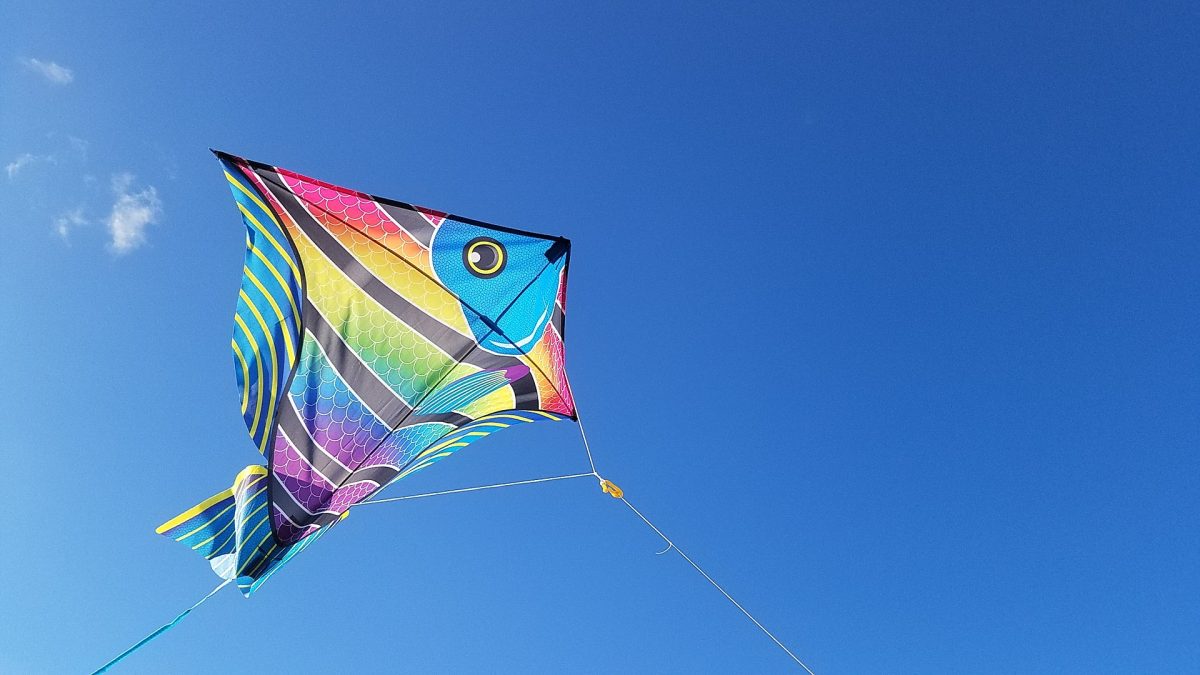
Clean Monday took its name from Christians and marks the spiritual and physical «purification».
In this article, we will find out all about the culinary and folklore customs of Clean Monday all over Crete!
Clean Monday is the first day of Lent, the fast of Easter. It is considered by folklorists as the epilogue of the Bacchic feasts of Carnival, which essentially begin on Good Friday and end on Clean Monday. Because for the Greek celebration and joy, but also mourning and suffering are associated with food.
So, what do Greeks eat on this specific day?
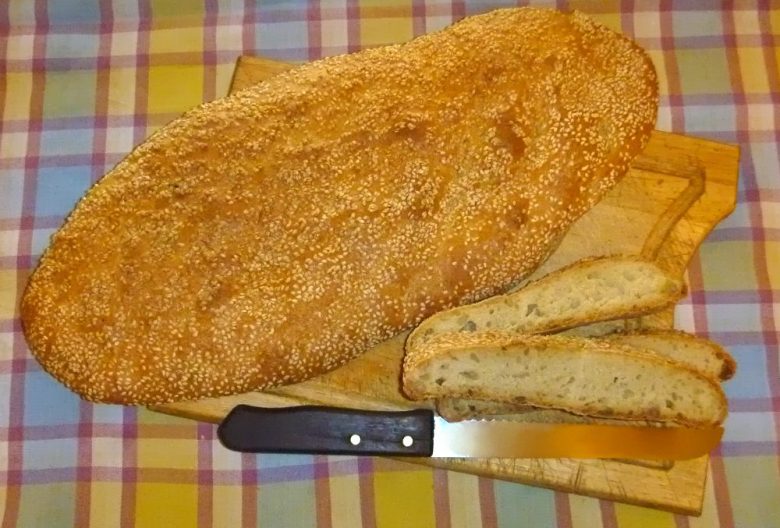
Lagana, an azyme bread, baked only on Clean Monday Photo Credit: Andrzej 22
Waiting for a “Lagana” from sunrise
Lenten foods are accompanied by lagana, a type of “unleavened bread” with an elliptical shape, flattened for easy baking. Its history has deep roots in the nutritional tradition from antiquity to the present day. Horace in his texts mentions lagana as «The sweetness of the poor». The custom of lagana has remained unchanged over the centuries. So, the believer on Clean Monday eats lagana to remember the help that God offered to the Israelites with the «unleavened bread» and led them to the Exodus from Egypt.
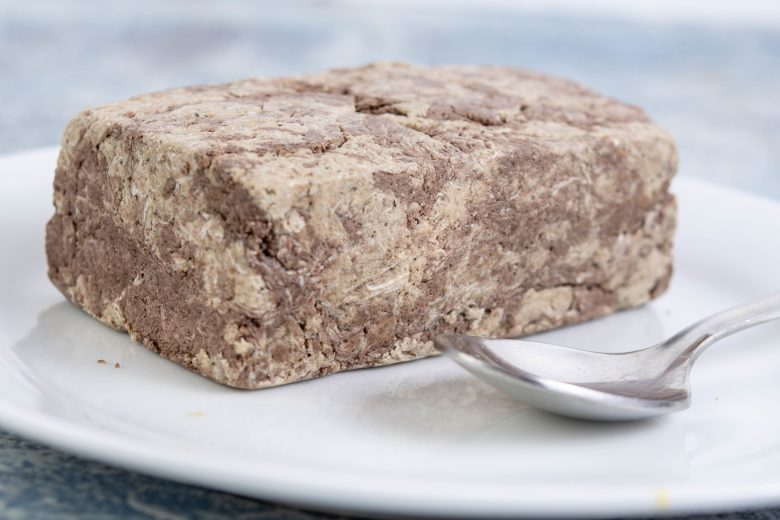
Chocolate and Vanilla Halva on the plate Photo Credit: Marco Verch Professional
Halva, the Turkish delight
The usual halva in the form that we find in all the Balkans and Turkey is a simple dessert. The most common preparation requires baking semolina, which is has a spherical shape and covered either with honey or with molasses, a grape must syrup. For the Greeks, halva is one of our Lent sweets and especially the variant that is made with tahini, in the form of a cylinder. This type of halva is Macedonian Halva.
Greeks like to eat Macedonian Halva with lemon juice and cinnamon, which is often accompanied by a cool glass of retsina. However, there are at least five or six variations of halva in Greece, some with chocolate and nuts.
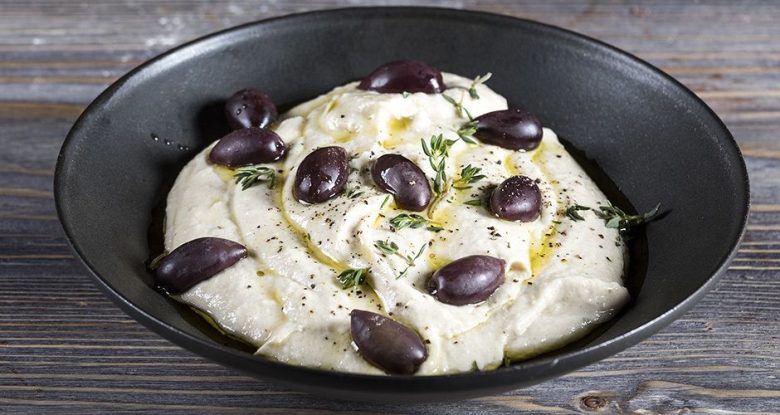
Taramosalata-Fish Roe Dip Photo Credit: Akis Petretzikis
“Taramas” Greek for fish roe
Taramas is the Greek word for fish roe that comes from cod or carp and which — like its cousins, black caviar and roe tuna — is one of the finest.
There are two types of taramas available on the market. White and the one with the deep pink color. White taramas is superior in quality.
There are two basic recipes for tarama. The most famous is the taramosalata. This rich spread is a must on the Lent table. Essentially, taramosalata is a creamy, mashed roasted spread made with either boiled potatoes or bread. Then, alternately add olive oil and lemon juice to the mixture, depending on the required dosage. Usually, the taramosalata made with potatoes is creamier but the hardliners of the tradition insist that the only acceptable base is bread.
Let’s dive into the customs of Clean Monday all over Crete
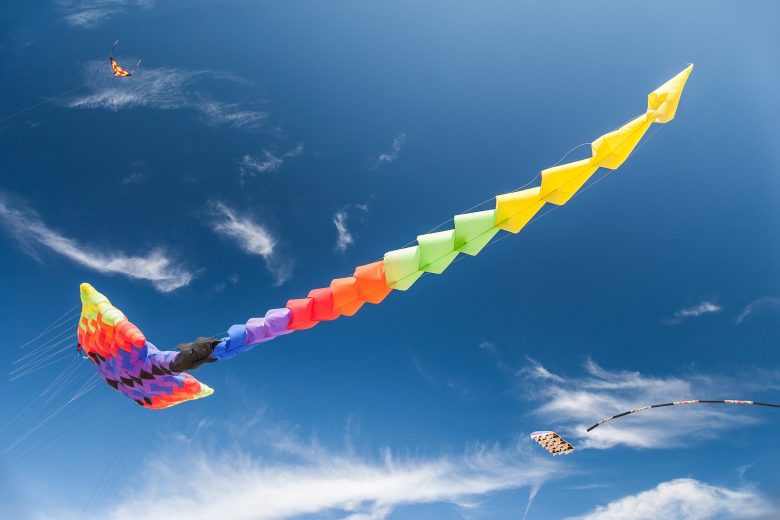
Flying Kites on Clean Monday
It’s not Clean Monday if you don’t fly a kite!
Clean Monday with no kite is like an Easter without Resurrection! The kite’s journey through time began in the countries of the East. In Greece, the first kites appear around 400 BC. In the Greek Christian tradition, we fly the kite on Clean Monday, which is the first day of Lent. The Christian symbol of kite flying is the human spirit that flies in the heavens. Therefore, with the raising of the kite in the sky, the human spirit comes closer to God.
Originally the material for making kites was not paper, but wood. The peoples of the East used kites in magical ceremonies, religious ceremonies, and rituals to exorcise evil. They believed that the higher the kite, the luckier they would be.
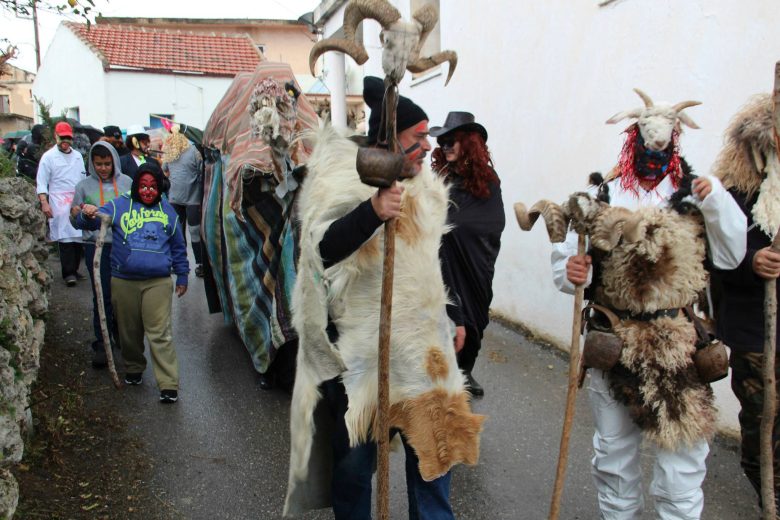
The custom of the “Camel” on Clean Monday Photo Credit: Municipality of Apokorona
Clean Monday with the Custom of the Camel at Kainas
A custom, which comes from the depths of the centuries, is that of the camel that is revived every Clean Monday, in the village of Kaina of the Municipality of Apokoronas. The children gather in a house and help each other to make the original costumes.
The adults who participate in the construction of the camel, gather the necessary materials from the previous day. The Camel is a Dionysian custom and first appeared in the 19th century. It is made of a wooden ladder, two baskets that make up the two humps of the camel, a type of nylon cloth used to collect the olive fruit, and the skeleton of the head of a donkey.
They place a spool on the palate of the head to open and close its mouth by pulling a rope. They insert two painted tangerines for its eyes and they dress it in rabbit skins. Three people usually enter the camel. One holds the head attached to a piece of wood and the other two with the help of baskets form its humps.
When everything is ready, the camel starts its walk, in every part of the village, to reach the main square. Many locals dress in original improvised costumes, following its course. The masquerades have hung on them, mainly sheepskin and animal skins. The party continues until the evening, accompanied by traditional Cretan musical instruments.

Rethymnon wedding tradition on Clean Monday
Cretan traditional wedding in Rethymnon
In Fourfoura, Amari, they revive the Cretan traditional wedding with the participation of dozens of «actors» and hundreds of «weddings», observing the traditional customs of Crete, in a flawless event in which all those present participate.
The procession starts from Patela (neighborhood of Fourfouras) from the groom’s paternal home and accompanied by his discourse and the organists head to Plakoura (neighborhood of Fourfouras) to take the bride from her house by exchanging the well-known “mantinades”.The wedding guests reach the square for the double wedding.
Plenty of meat in Lasithi
In Elounda on Clean Monday, there is music, a variety of traditional homemade fasting dishes, but also plenty of lamb and pork skewers for the meat-lovers!
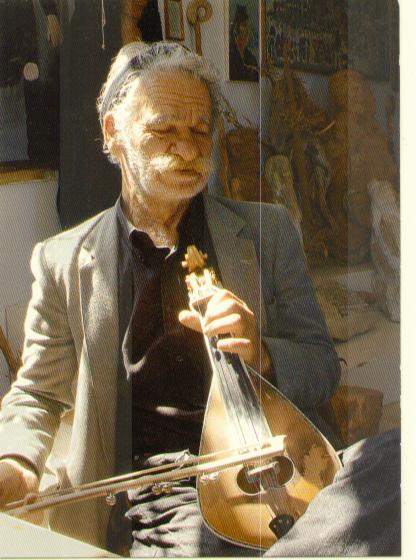
A Cretan musician playing the Cretan lyra Photo Credit: Angeliki Skandali
Celebrating the «Koulouma»
On Clean Monday in Fodele, the residents together with the visitors celebrate the «golden apples of the citrus», «the fruit that is an offer of the sun, the fruit where the sunbeams live!». They enjoy the “koulouma” (Clean Monday) with color, flavors, sweet aromas, and orange raki.
In Avdou, the “koulouma” is traditionally celebrated with bean soup, fasting food, drinks, and sweets. While the traditional music and dance groups always take place.
